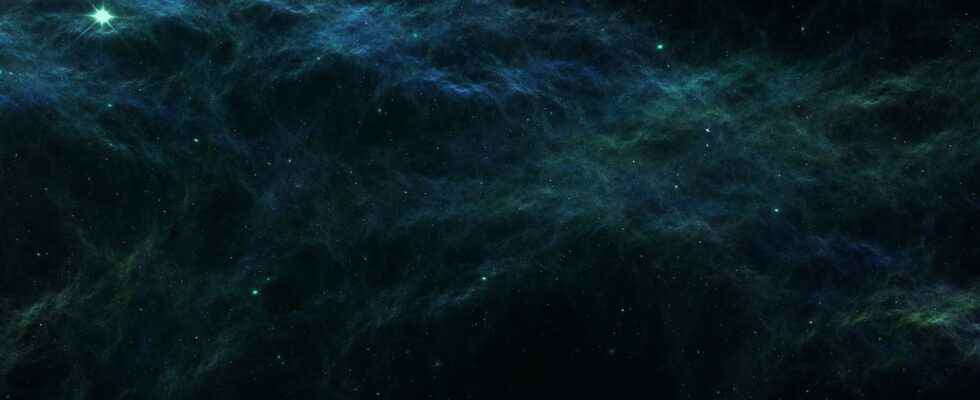You will also be interested
[EN VIDÉO] What phenomena are at the origin of life? As early as 1871, Charles Darwin had imagined that terrestrial life could have been born “in a small pond”, from various chemical compounds which would have combined to form complex molecules. Another school of thought — panspermia — brought life from outer space. Today, the question is not resolved but scientists lean towards Darwin with a prebiotic chemistry.
The proteins are the basis of life. Macromolecules composed of a sequence of peptides… Today, Max Planck Institute researchers (Germany) show how these peptides can appear on the frozen surface of interstellar dust. From a new form of chemical reaction. This reinforces the idea that the first bricks of life emerged in space.
The researchers suggest that the layer of ice that naturally forms around the dust grains that flood the interstellar medium plays a key role. Because it constitutes like a “laboratory of chemistry cosmic »a substrate on which molecules can accumulate and come close enough to each other. Until chemical reactions occur.
To understand how complex the molecules formed in this way can become, researchers first developed, almost a decade ago now, a technique for producingatoms of carbon (C) low energy suitable for experiments at low temperatures. “These carbon atoms are surprisingly reagents. They act as a kind of “molecular glue” and thus transform inorganic substances into organic substances.comments Serge Krasnokutski, astronomerin one press release from the Max Planck Institute.
From glycine to peptides
With the support of theoretical calculations, his team had already shown, in 2020, that the wisteria — I’amino acid the simplest, but which plays an important role for the life on earth — could form on interstellar dust grains. So why not imagine that amino acids can also form even more complex molecules? Peptides, for example.
Maybe because the process is not so simple. For the polymerization to take place, for a chain of amino acids to form, the said amino acids must be freed from their water molecules. This requires energy and therefore a temperature higher than that of the dust grains found in the interstellar medium.
However, quantum chemical calculations seem to show that, under the conditions which exist in these environments, the reaction which transforms the carbon monoxide (CO), carbon (C) andammonia (NH3) into a precursor to glycine — glycine that is missing only one water molecule (H2O) — occurs spontaneously through thetunnel effect. To then verify that this form of glycine could finally form peptides – without having to lose water … which it had not acquired –, it was then necessary to resort to the experiment in an ultra-vacuum chamber.
From theory to experience
On a bromide disk of potassium 2.5 centimeters in diameter and 2 millimeters thick, the researchers deposited carbon monoxide, carbon and ammonia. A layer of just a few dozen molecules. They chilled the whole thing to about 10 kelvins. Using a spectrograph infrared, they observed the formation of the expected glycine precursor.
The researchers then reheated the whole thing. At about 110 kelvins, spectroscopy infrared shows telltale signs of the presence of a type of chemical bond that holds amino acids together both in the short molecular chains of peptides and in the longer chains of proteins. Back in the interstellar medium, such warming could occur when a star begins to form. Or when dust falls on the surface of a planet, back comet, for example.
This new scenario for the formation of first molecules of life proposed by researchers at the Max Institute Plank therefore relies solely on species atomic and molecular molecules extremely abundant in the interstellar medium. It no longer requires energy input. It now remains to verify experimentally that other peptides than those simply based on glycine can thus emerge.
Interested in what you just read?
